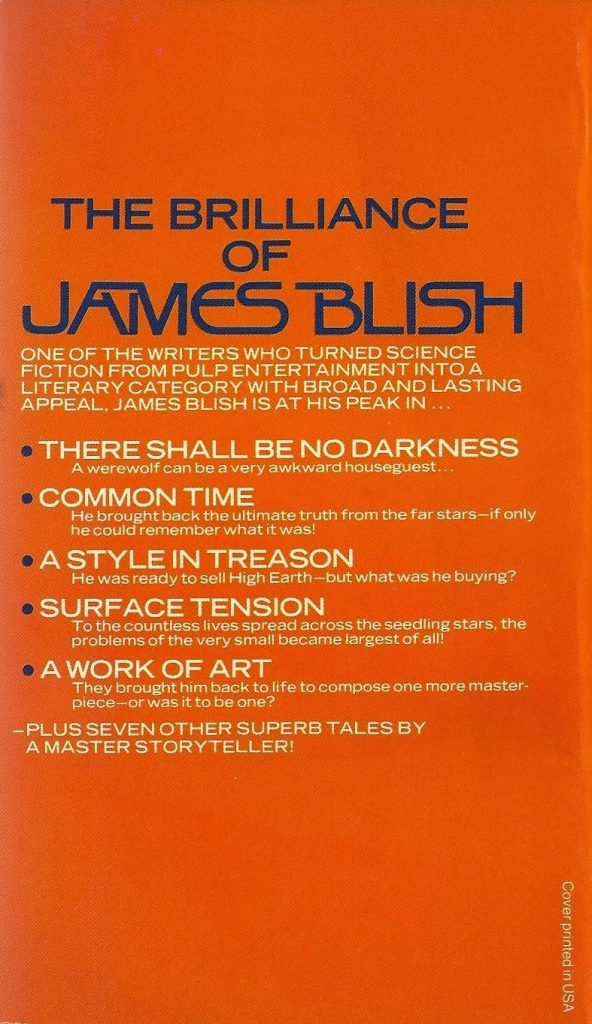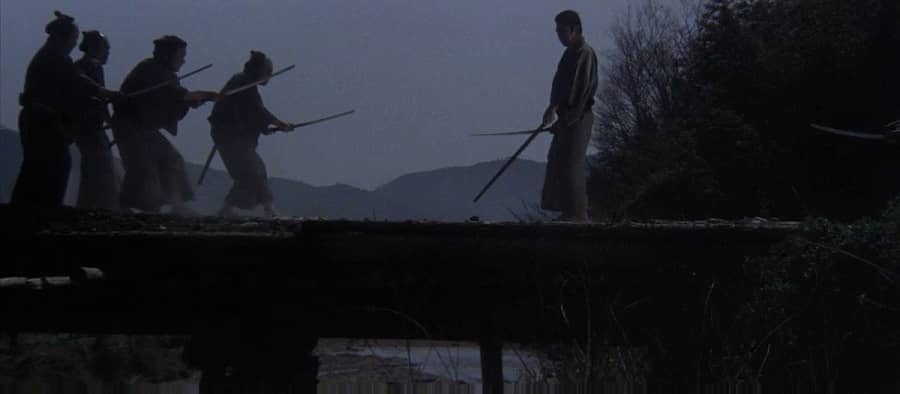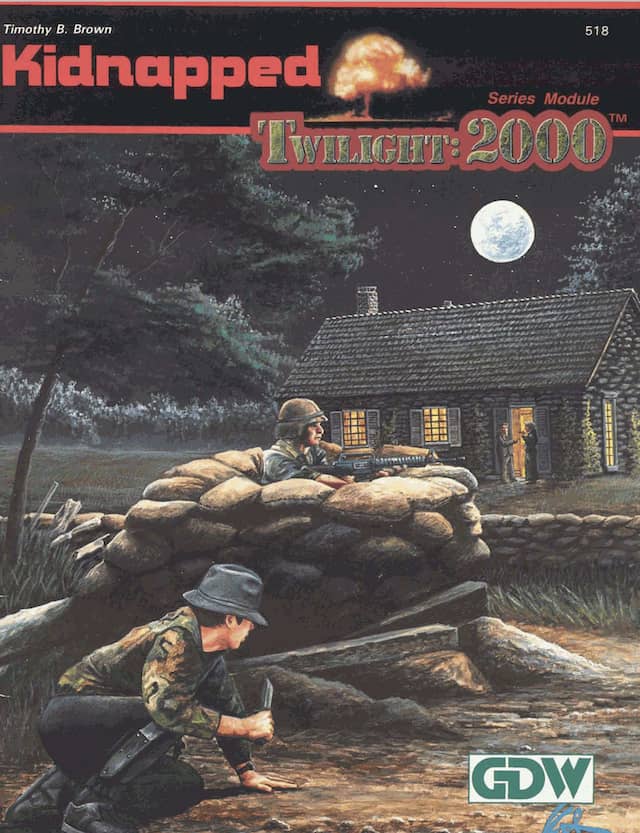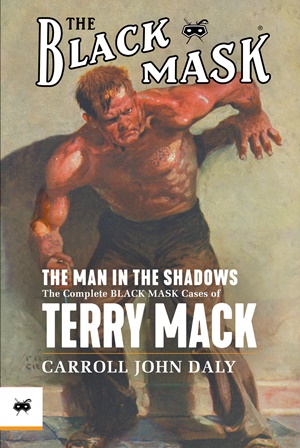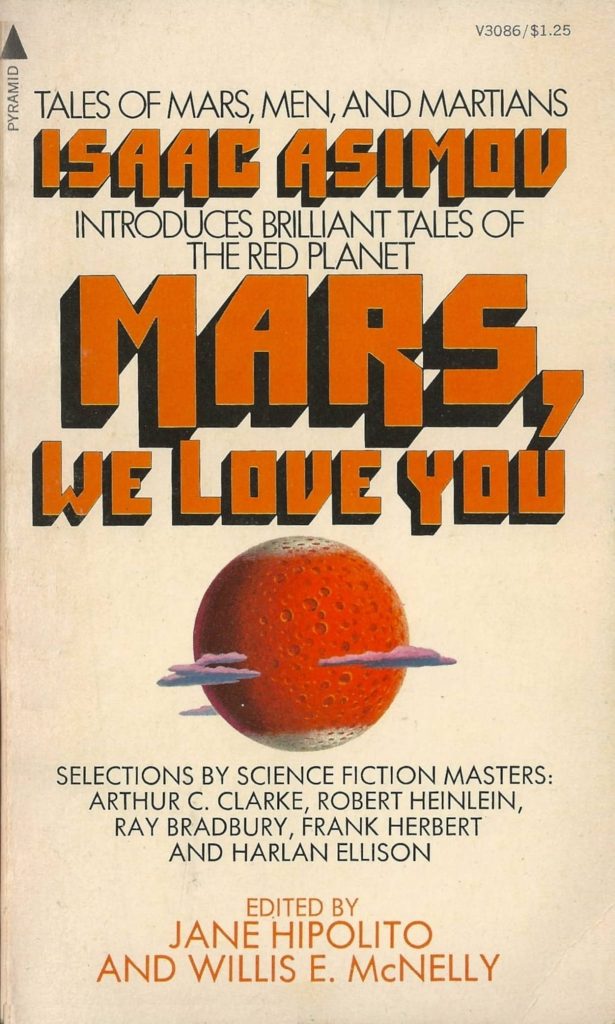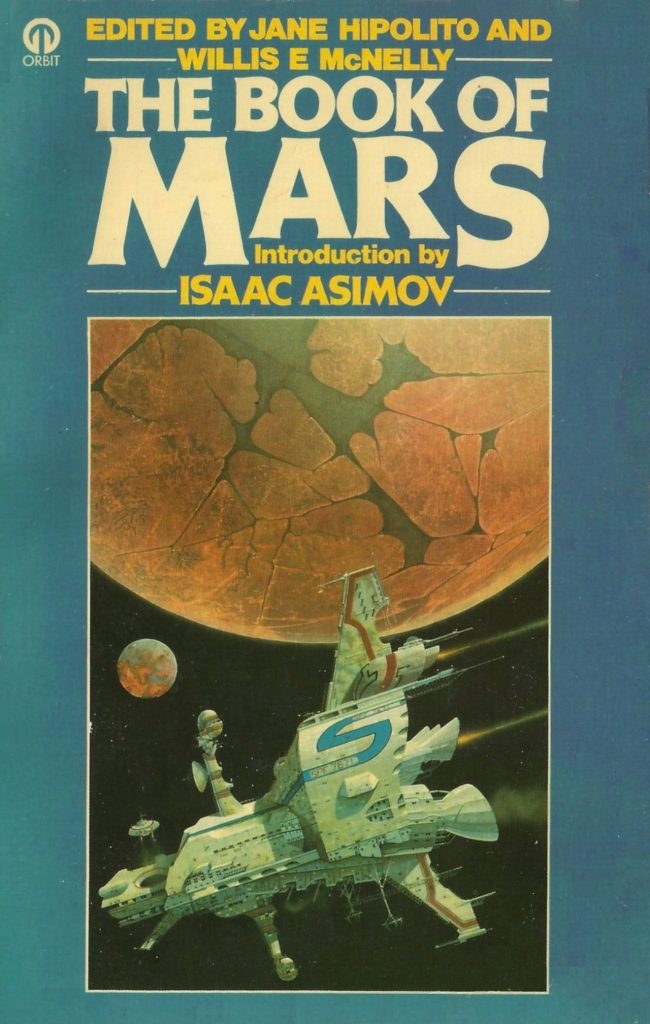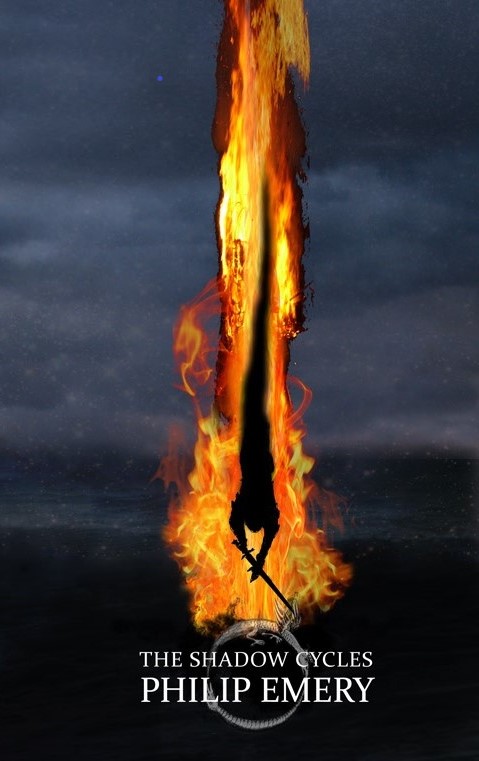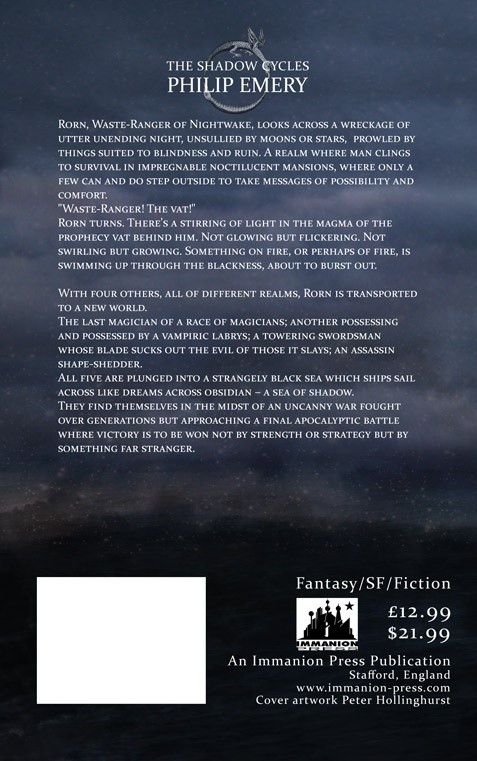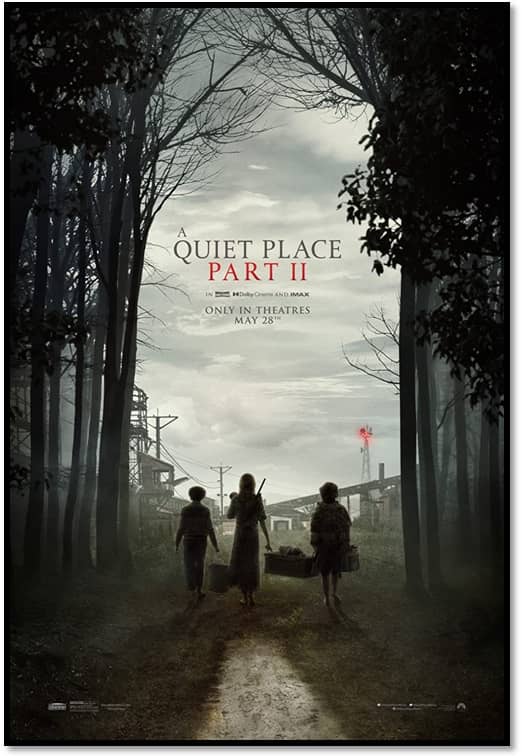Picking A Lane
The Human Resources Bunker for Black Gate is on sub-level 12, which is normally dank, dim, and mostly empty. But as it was Quarterly Reviews, the cargo elevators continued to disgorge people, making those of us already waiting on long benches between decorative columns pack in even tighter. As I waited, number in hand, I peered up past the moss-covered chandeliers and the ductwork of the air circulation system, to the massive murals painted onto the arching ceiling far overhead, framed in gold, showing scenes of the early days of Black Gate. But the lichen that had accumulated in the years since made the details hard to pick out.
The vents overhead dripped continuously, and I had begun to worry about possible rust stains on my already threadbare suit. So my trepidation was mixed with relief as I heard my number finally called over the loudspeakers, and I strode forward, to sit on the stool before the desk of my Human Resources representative, Salinger. He looked up from his case file with a professional smile.
“So, Mr. Starr! Hope you weren’t waiting more then a few hours!”
“Actually, I-”
“Great, great!” he continued, and I settled further onto a hard stool as he continued to scan reports on my quarterly output. At last he set it aside, and gave me an appraising look. “So, why don’t you tell me how you think your writing has been going?”
“Well, progress on my current novel has been steady-”
“Ah yes,” he said, as if I’d reminded him of a small annoyance that needed to be cleared up. “Let’s begin with that. I hear there’s a marketing issue…” He consulted reports, but I didn’t wait.
“Marketing issue?” I asked, and he gave a wordless grunt in the affirmative. “It’s not even finished yet!”
…

